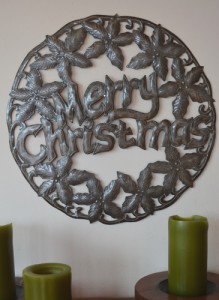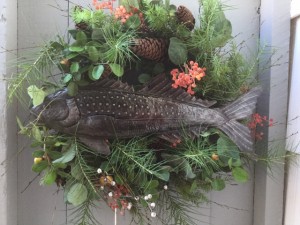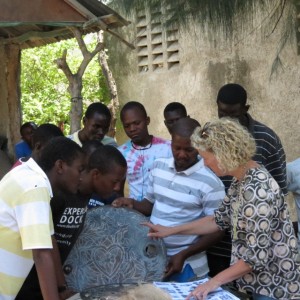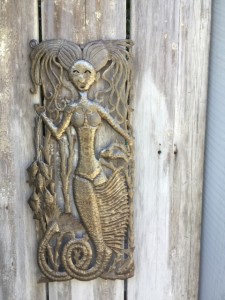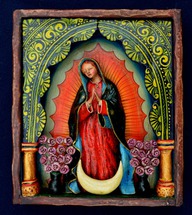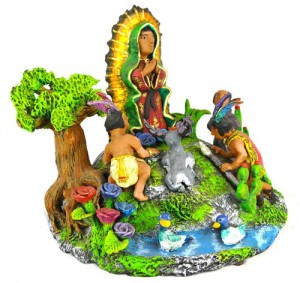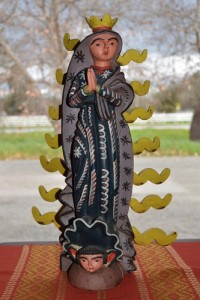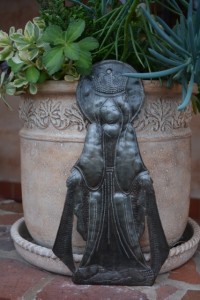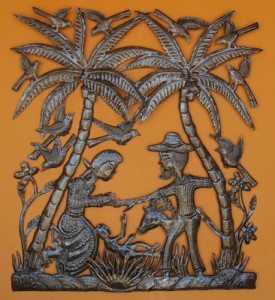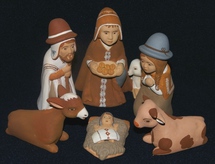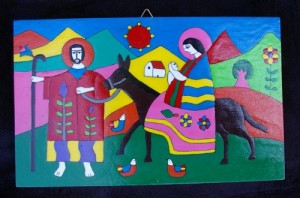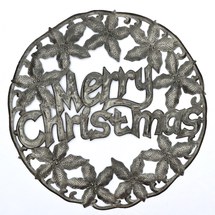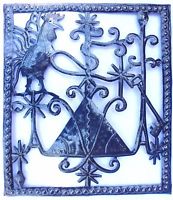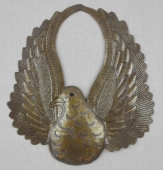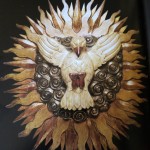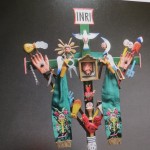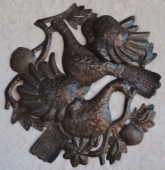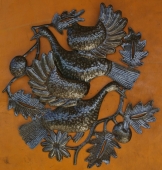A Merry Christmas in Haiti
As in much of the world, Christmas is a beloved and eagerly anticipated holiday in Haiti, with rich traditions and exuberant celebration. Preparations begin weeks before with decorations beginning to appear in stores and markets and quickly finding their way into Haitian homes. Trees are a part of the decorating scheme, though in smaller homes, branches suffice to hold colorful holiday lights and homemade ornaments. Fanals are elaborate paper lanterns, often cut to resemble miniature Victorian gingerbread houses or churches. The “windows” are lined with colored tissue and a lighted candle inside the lantern combine to create a stained glass effect. Placed in windows or on porches or doorways, they create a warm, welcoming aura and light the way inside. (Click to see an example of this handcraft.)
Children look forward to a visit from Santa Claus, known in Haitian Creole as Papa Nwel. In preparation, they clean up their shoes, fill them with straw, and place them under the tree or on the porch. Of course, they are hopeful that he will replace the straw with a wonderful toy or present, and that Papa Fwedad, the dreaded dispenser of lumps of coal (and worse!) does not show up instead!
Because Haiti’s population is largely Catholic, midnight mass is an integral part of the Chrismas observance. Following the service, families

Claudy Soulouque with his sculptural wish for peace on earth.
gather in parties collectively called Reveyon. Children are often allowed to stay up very late, playing games such as wosle (similar to jacks) and lighting sparklers and homemade fireworks. A creamy spiced coconut drink, known as Kremas flows freely (Recipes abound, but this one is a good representative, should you care to try.) while music, dancing and shouts of good will fill the night air until the wee hours.
Jwaye Nwel. No matter how you say it, the traditions are dear and the feeling is warm and heartfelt at home, in Haiti, and around the world. Merry Christmas. And above all, Viv ak ke poze sou Late. Peace on Earth.
Contributed by Linda for It’s Cactus

